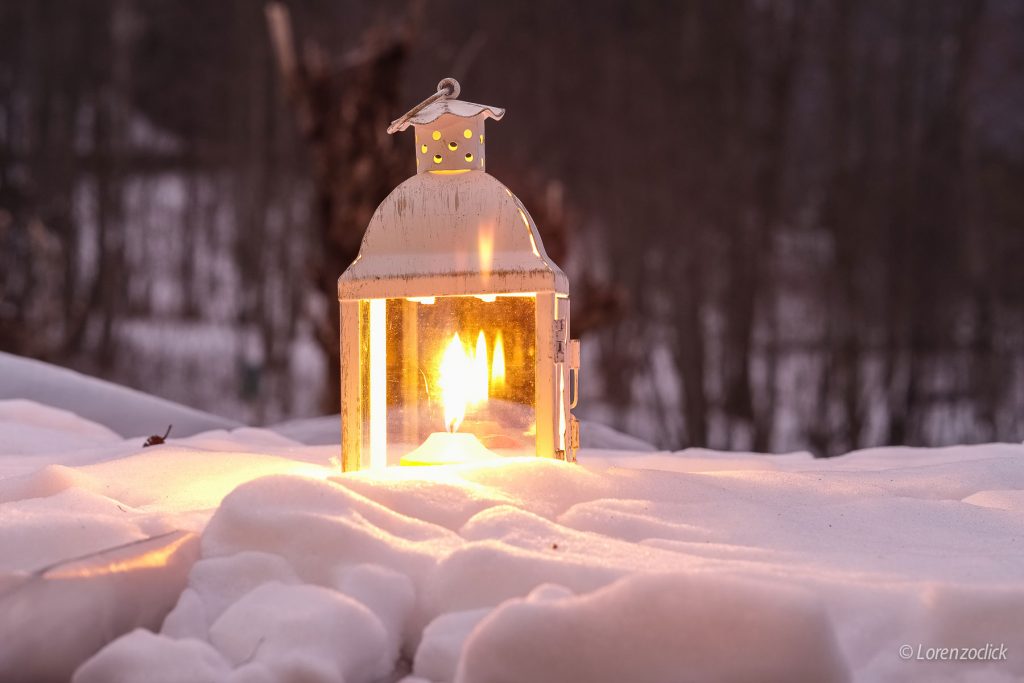When I was a kid, the other kids played human. Not me. Not even superhero. I always pretended I was an animal, often a great cat, sometimes a wolf, dog, or bear. A superanimal. I wasn’t fantasizing about the part where the predator sinks its teeth into the prey’s neck, but about the raw beauty and that sleek, powerful, you’d-be-insane-to-mess-with-me assurance these beings own. It seemed to me that animals, in general, were superior to humans because their place in the world was such a perfect fit.
When I was a kid, we were in the midst of the Cold War and a global nuclear disaster seemed very possible, even likely. In middle school we had drills; when the siren went off, we’d practice finding a safe spot to weather the nuclear storm. Humans created threats like this; other animals didn’t. Humans were responsible for genocides and bombs, DDT and smog.
When I was a kid and Rachel Carson’s Silent Spring began making waves, our impact on the environment no longer seemed reversibly benign. The Holocaust not far behind us, nuclear obliteration looming, political wars to the East, people gone berserk. Too young, I read In Cold Blood, which mapped out a particular brand of senseless, random killing that has since become horribly banal. My species always seemed to present me with fresh opportunities for dismay. We seemed doomed to get it wrong, to suffer and to cause others to suffer.
The feeling that the rest of creation had evolved in balance whereas something about Homo sapiens was fundamentally askew remained with me through adolescence and young adulthood. I continued to idealize the natural world even while being irrevocably stuck as a human. This idealism followed me into my Buddhist beginnings. I wrestled with the idea that humans were fortunate, upper realm beings, keeping company with titans and gods, while animals, hungry ghosts, and hell beings shared the miserable lower realms. Really? I knew (or at least knew of) scads of humans whose behavior was far more destructive—by calculated design rather than by accident or instinct—than anything the animal world had to offer.
The elder Buddhists I questioned advised me to open my eyes. “Look at those butterflies,” a Bolivian nun said. “Even they are fighting.” A teacher suggested that I try to find an animal species that wasn’t constantly either looking to attack or fearful of being attacked. Comrades steered me to text passages that explained that if our goals are awakening and being of benefit, we humans are endowed with the ideal blend of suffering, discernment, and desire that makes these goals attainable (long odds notwithstanding).
But for me, recognition of just how precious this human life can be did not really sink in until I began spending more time with teachers like my spiritual friend, Ani Tsewang Chödrön, and my first meditation guide, Lama Tenpa Gyamtso, in the eighties. They accepted me and seemed to enjoy my company. They had wonderful senses of humor. They introduced me to guileless goodness and the possibility of a more tractable mind. Being human finally felt workable, and even, sometimes, delightful.
Then, Gendun Rinpoche, the heart teacher who led me through two three-year retreats in central France in the nineties, provided me with a living example of the very best that human potential has to offer. Rinpoche, who left his body in 1997, was an inexhaustible repository of wisdom, kindness, impartiality, joy, and laughter. Having been entrusted with bringing authentic buddhadharma and deep practice to the West, he strove on and lit up our lives to a degree that I’ve never managed to wrap my mind around.
Certainly every sentient being that comes into contact with such luminosity benefits in one way or another. My teachers’ radiance reconciled me to being human and gave me a pole star, a goal to work toward, even if that goal usually twinkles in the distance. It is their luminous goodness—the memory of it, the knowledge of it—that helps me breathe through everyday suffering as well as through the news, chaos, boundless greed, complicit ignorance, and misguided dogmas of the day.
Yes, the Arctic is warming, the seas are rising, and our voracious species continues to blithely destroy everything of value that stands in its path. But a powerful light can illuminate a cave that had always been dark, and there are beacons of pure goodness whose luster can sustain us and give us the strength to carry on. They are masters and friends, the vehement activist and the quiet good neighbor, tree planters and animal rescuers, Mexican mayors and Chinese journalists. They are “Nous sommes Charlie” and an African Methodist Episcopal church in Charleston that refuses to hate.
May myriad beacons of goodness overpower the dark shadows of 2016, and may their resplendence inspire us to acknowledge and make good use of this precious human life. May we remember to light the way for others while there’s still time. Shine on!
Read more from Pamela Gayle White:
Thank you for subscribing to Tricycle! As a nonprofit, we depend on readers like you to keep Buddhist teachings and practices widely available.
